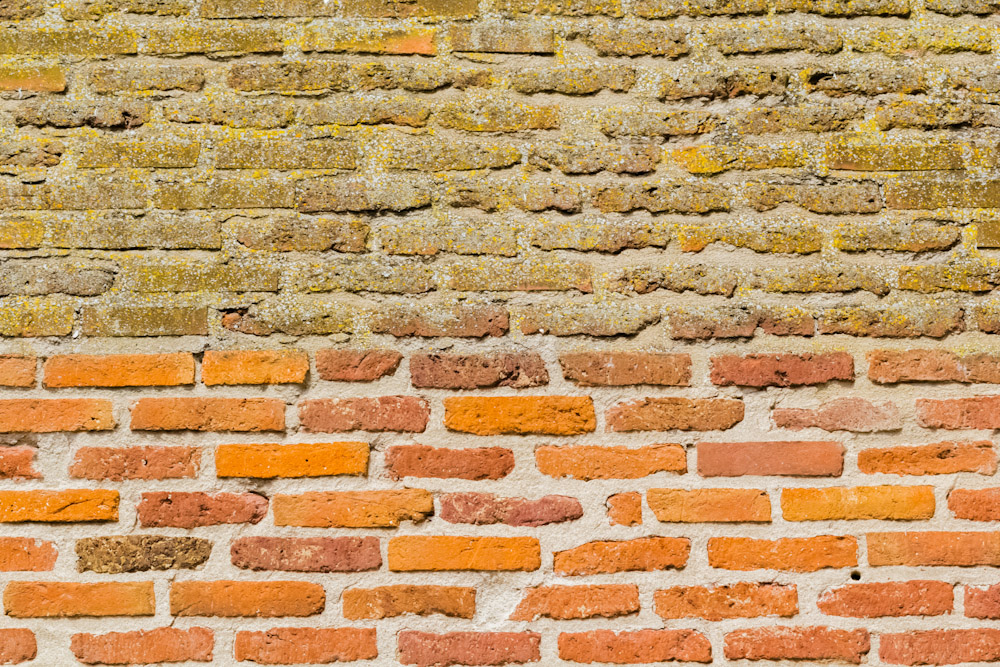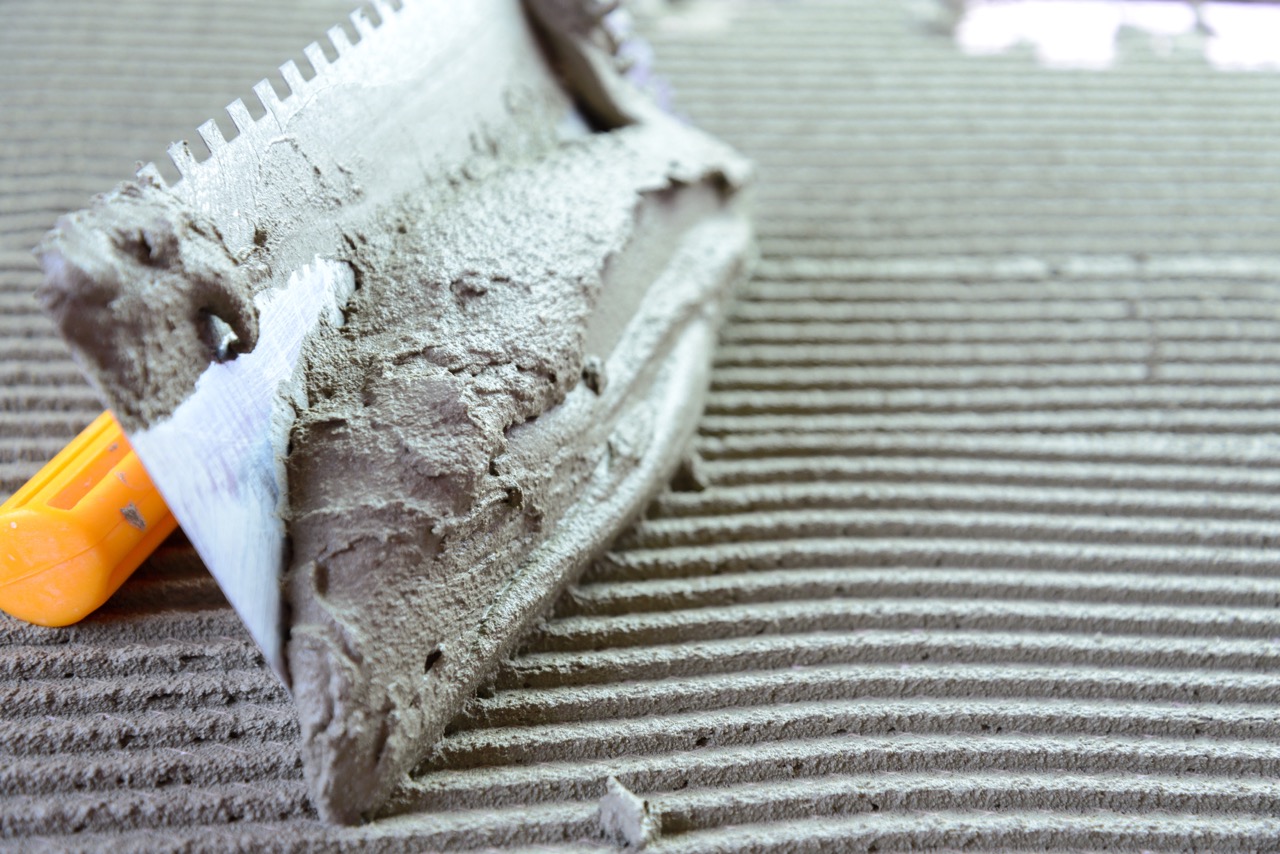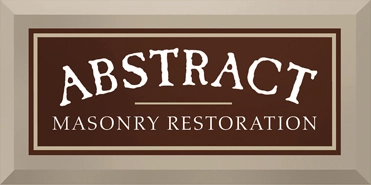Building restoration may sound like a daunting task, but it doesn’t have to be. When you approach the project one element at a time, it’s easier o get a handle on things. And since curb appeal is one of the best parts of your home to invest in, we have tips for different ways to clean your exterior, whether it’s historic masonry or fairly new.
First, let’s recap the types of masonry you can expect to find on the inside and outside of your building restoration project.
Types of Masonry
- Brick – Along with concrete, brick is the most common form of masonry used. It is made from clay and can serve as great insulation and as a fire retardant.
- Stone – This is the longest-lasting form of masonry, with known life-spans ranging between 300-1000 years or more. Think of the ancient structures built around the world, and which ones are still standing. Many are made from stone, including marble, granite, and limestone.
- Concrete – As mentioned, concrete masonry is similar to brick masonry, but is usually comprised of bigger blocks, with more versatile styles and shapes. Concrete blocks tend to absorb less water than brick blocks.
- Veneer – This is a non-structural, outer layer of brick, stone, or otherwise manufactured wall. A veneer is often used for the cosmetic look of brick without the structural support of brick.
- Gabion – For well-draining structures, a metal frame or basket is filled with a composite made of rock and/or broken concrete, as well as other materials. Known as gabion masonry this is often used for dams and retaining walls.
Know what your Salt Lake City restoration project is made of before proceeding with increasing your curb appeal.
Hand Cleaning Masonry
You can remove excess mortar or broken pieces of concrete by hand, using a trowel, or chisel, or even a stiff-bristled brush. Avoid using steel wool or steel wire, as it can actually leave behind more materials than it removes, counteracting your building restoration efforts. As you scrub by hand, good old-fashioned elbow grease can remove many marks with a diluted detergent solution. Hand cleaning a wall is a recommended method if your masonry has been painted, as it will be less likely to remove the paint.
When to Hand Clean Masonry
If you’re working with a small space or a veneer, it’s fine to clean your masonry by hand. Your fireplace, decorative backsplash, or other interior masonry finishes can easily be cleaning with a vacuum, a spray bottle, and a brush.
- Remove dust by vacuuming dry masonry with a soft brush attachment.
- Wet brick with water using a spray bottle (indoors) or a hose (outdoors).
- Apply a diluted cleanser by hand, by using a spray bottle or dipping your brush in the solution.
Obviously, this method isn’t ideal for larger building restoration projects.
Water Cleaning Masonry
Pressure washing can be a satisfying and environmentally conscious way to clean your masonry. It’s a good rule of thumb to use the lowest possible pressure and water settings to avoid unnecessary damage to the area you’re cleaning.
You can also use a water and detergent solution on stains or steam cleaning methods. These can be helpful for loosening debris on the surface of your wall or structure.
When to Use Water Cleaning on Masonry
- To remove paint: A power washer can be used to essentially peel paint off exterior surfaces. This can be risky, however, as the water may find its way inside your home or business.
- To remove organic matter: You can use a power washer to remove fungus or moss growing on the exterior of your building, following up with chemical cleaning to kill remaining organic elements and prevent their return.
Chemical Cleaning Masonry
For tough stains on your masonry, you may need to bring out the big guns. Including a diluted, chemical solution may be the best bet for dissolving contaminants. Keep in mind you should completely rinse the wall with clean water when you’re done cleaning with chemicals.
- Acidic cleaners with a pH below 4 or 5 should be rinsed with water afterward.
- Alkaline cleaners will need to be neutralized, then rinsed with water afterward.
When to use Chemical Cleaners on Masonry
- To remove organic growth such as fungus, moss, or mildew: Mix one quart of household strength bleach with one gallon of warm water. Using a tool such as a putty knife, scrape off as much of the unwanted visitors as you can. Follow up with a stiff brush and your bleach-water solution, scrubbing the affected area.
- To remove oil, soot, or mineral deposits: Mix one part of muriatic acid to nine parts of water and apply to the affected area(s). Allow it to soak for about 15 minutes before using a stiff brush to scrub.
- To remove paint: Purchase a ready-made solution meant to strip paint and apply where necessary.
Other Chemicals Used for Cleaning Masonry
- Dish soap and salt – Combine the gentle cleaning of your household dish soap with the grit of salt. It can help remove dirt, grease, tar, and smoke stains on masonry. Use equal parts soap and salt to create a paste to spread on your surface. Allow the paste to sit for about ten minutes before using a stiff brush to scrub it off with water.
- Boric acid – Dilute a tablespoon of boric acid powder in a gallon of water. Using a brush dipped in your solution, spot-treat stains in a circular motion. Rinse the area clean with water when done.
Abrasive Cleaning Masonry
When a stain has permeated the outer-most layer of your masonry, you may need to utilize power tools to get to the next layer. A grinding wheel or sander should be used to remove the outer layer of your structure, with caution being taken to avoid going too far.
When to Use Abrasive Cleaners on Masonry
- To remove paint: Sandblast the layer of unwanted paint from your structure.
We pride ourselves on being the experts for masonry restoration, masonry cleaning, paint stripping, and more. Building restoration is our specialty, and we’ve been doing it for over 30 years. Let us know how we can help you work to restore your historic masonry to its original glory.







